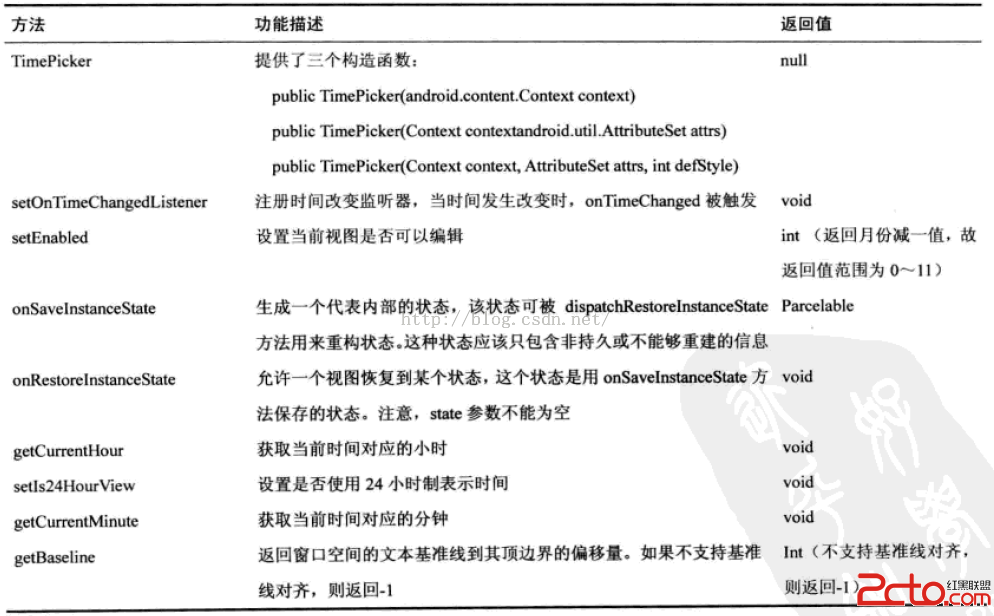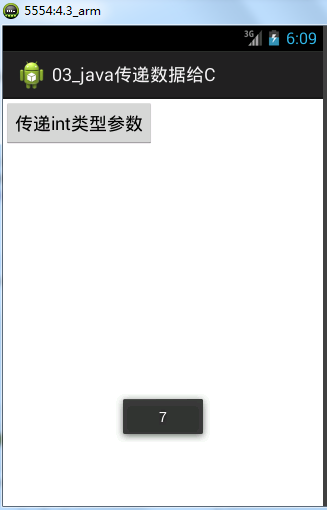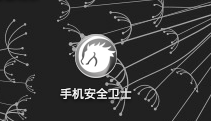編輯:關於android開發
很多人在調用圖庫選擇圖片時會在onActivityResult中用Media.getBitmap來獲取返回的圖片,如下:
Uri mImageCaptureUri = data.getData();
Bitmap photoBmp = null;
if (mImageCaptureUri != null) {
photoBmp = MediaStore.Images.Media.getBitmap(ac.getContentResolver(), mImageCaptureUri);
}
但是Media.getBitmap這個方法獲取已知uri圖片的方式並不可取,咱來看看Media.getBitmap()方法的源碼:
public static final Bitmap getBitmap(ContentResolver cr, Uri url)
throws FileNotFoundException, IOException {
InputStream input = cr.openInputStream(url);
Bitmap bitmap = BitmapFactory.decodeStream(input);
input.close();
return bitmap;
}
其實它很簡單很粗暴,返回的是原始大小的bitmap,當圖庫選擇的圖片很大時程序極有可能會報OOM。
為了避免OOM,咱們需要改進該方法,在 BitmapFactory.decodeStream 之前壓縮圖片,以下是我改進後的代碼:
在onActivityResult中調用
Uri mImageCaptureUri = data.getData();
Bitmap photoBmp = null;
if (mImageCaptureUri != null) {
photoBmp = getBitmapFormUri(ac, mImageCaptureUri);
}
/**
* 通過uri獲取圖片並進行壓縮
*
* @param uri
*/
public static Bitmap getBitmapFormUri(Activity ac, Uri uri) throws FileNotFoundException, IOException {
InputStream input = ac.getContentResolver().openInputStream(uri);
BitmapFactory.Options onlyBoundsOptions = new BitmapFactory.Options();
onlyBoundsOptions.inJustDecodeBounds = true;
onlyBoundsOptions.inDither = true;//optional
onlyBoundsOptions.inPreferredConfig = Bitmap.Config.ARGB_8888;//optional
BitmapFactory.decodeStream(input, null, onlyBoundsOptions);
input.close();
int originalWidth = onlyBoundsOptions.outWidth;
int originalHeight = onlyBoundsOptions.outHeight;
if ((originalWidth == -1) || (originalHeight == -1))
return null;
//圖片分辨率以480x800為標准
float hh = 800f;//這裡設置高度為800f
float ww = 480f;//這裡設置寬度為480f
//縮放比。由於是固定比例縮放,只用高或者寬其中一個數據進行計算即可
int be = 1;//be=1表示不縮放
if (originalWidth > originalHeight && originalWidth > ww) {//如果寬度大的話根據寬度固定大小縮放
be = (int) (originalWidth / ww);
} else if (originalWidth < originalHeight && originalHeight > hh) {//如果高度高的話根據寬度固定大小縮放
be = (int) (originalHeight / hh);
}
if (be <= 0)
be = 1;
//比例壓縮
BitmapFactory.Options bitmapOptions = new BitmapFactory.Options();
bitmapOptions.inSampleSize = be;//設置縮放比例
bitmapOptions.inDither = true;//optional
bitmapOptions.inPreferredConfig = Bitmap.Config.ARGB_8888;//optional
input = ac.getContentResolver().openInputStream(uri);
Bitmap bitmap = BitmapFactory.decodeStream(input, null, bitmapOptions);
input.close();
return compressImage(bitmap);//再進行質量壓縮
}
/**
* 質量壓縮方法
*
* @param image
* @return
*/
public static Bitmap compressImage(Bitmap image) {
ByteArrayOutputStream baos = new ByteArrayOutputStream();
image.compress(Bitmap.CompressFormat.JPEG, 100, baos);//質量壓縮方法,這裡100表示不壓縮,把壓縮後的數據存放到baos中
int options = 100;
while (baos.toByteArray().length / 1024 > 100) { //循環判斷如果壓縮後圖片是否大於100kb,大於繼續壓縮
baos.reset();//重置baos即清空baos
//第一個參數 :圖片格式 ,第二個參數: 圖片質量,100為最高,0為最差 ,第三個參數:保存壓縮後的數據的流
image.compress(Bitmap.CompressFormat.JPEG, options, baos);//這裡壓縮options%,把壓縮後的數據存放到baos中
options -= 10;//每次都減少10
}
ByteArrayInputStream isBm = new ByteArrayInputStream(baos.toByteArray());//把壓縮後的數據baos存放到ByteArrayInputStream中
Bitmap bitmap = BitmapFactory.decodeStream(isBm, null, null);//把ByteArrayInputStream數據生成圖片
return bitmap;
}
OOM的問題解決了,但是又碰到另外一個問題,用三星手機拍照或者選擇照片後返回來的圖片居然轉了90度。。苦逼的android程序員。。接著改。。
講onActivityResult中的代碼進行改進:
Uri originalUri = null;
File file = null;
if (null != data && data.getData() != null) {
originalUri = data.getData();
file = getFileFromMediaUri(ac, originalUri);
}
Bitmap photoBmp = getBitmapFormUri(ac, Uri.fromFile(file));
int degree = getBitmapDegree(file.getAbsolutePath());
/**
* 把圖片旋轉為正的方向
*/
Bitmap newbitmap = rotateBitmapByDegree(photoBmp, degree);
/**
* 通過Uri獲取文件
* @param ac
* @param uri
* @return
*/
public static File getFileFromMediaUri(Context ac, Uri uri) {
if(uri.getScheme().toString().compareTo("content") == 0){
ContentResolver cr = ac.getContentResolver();
Cursor cursor = cr.query(uri, null, null, null, null);// 根據Uri從數據庫中找
if (cursor != null) {
cursor.moveToFirst();
String filePath = cursor.getString(cursor.getColumnIndex("_data"));// 獲取圖片路徑
cursor.close();
if (filePath != null) {
return new File(filePath);
}
}
}else if(uri.getScheme().toString().compareTo("file") == 0){
return new File(uri.toString().replace("file://",""));
}
return null;
}
/**
* 讀取圖片的旋轉的角度
*
* @param path 圖片絕對路徑
* @return 圖片的旋轉角度
*/
public static int getBitmapDegree(String path) {
int degree = 0;
try {
// 從指定路徑下讀取圖片,並獲取其EXIF信息
ExifInterface exifInterface = new ExifInterface(path);
// 獲取圖片的旋轉信息
int orientation = exifInterface.getAttributeInt(ExifInterface.TAG_ORIENTATION,
ExifInterface.ORIENTATION_NORMAL);
switch (orientation) {
case ExifInterface.ORIENTATION_ROTATE_90:
degree = 90;
break;
case ExifInterface.ORIENTATION_ROTATE_180:
degree = 180;
break;
case ExifInterface.ORIENTATION_ROTATE_270:
degree = 270;
break;
}
} catch (IOException e) {
e.printStackTrace();
}
return degree;
}
/**
* 將圖片按照某個角度進行旋轉
*
* @param bm 需要旋轉的圖片
* @param degree 旋轉角度
* @return 旋轉後的圖片
*/
public static Bitmap rotateBitmapByDegree(Bitmap bm, int degree) {
Bitmap returnBm = null;
// 根據旋轉角度,生成旋轉矩陣
Matrix matrix = new Matrix();
matrix.postRotate(degree);
try {
// 將原始圖片按照旋轉矩陣進行旋轉,並得到新的圖片
returnBm = Bitmap.createBitmap(bm, 0, 0, bm.getWidth(), bm.getHeight(), matrix, true);
} catch (OutOfMemoryError e) {
}
if (returnBm == null) {
returnBm = bm;
}
if (bm != returnBm) {
bm.recycle();
}
return returnBm;
}
好了,問題搞定!
 閱讀《Android 從入門到精通》(14)——時間選擇器
閱讀《Android 從入門到精通》(14)——時間選擇器
閱讀《Android 從入門到精通》(14)——時間選擇器 時間選擇器(TimePicker) java.lang.Object; android.view.View;
 Android java傳遞int類型數據給C,androidint
Android java傳遞int類型數據給C,androidint
Android java傳遞int類型數據給C,androidint本文根據《Android jni簡便開發流程》中的開發流程來實現一個java傳遞int類型數據給C 新
 手機APP創建桌面快捷方式,app創建快捷方式
手機APP創建桌面快捷方式,app創建快捷方式
手機APP創建桌面快捷方式,app創建快捷方式 預覽: 需要權限: 1 <uses-permission a
 【微學堂】第22期| Nginx的性能優化
【微學堂】第22期| Nginx的性能優化
【微學堂】第22期| Nginx的性能優化分享主題:Nginx的性能優化分享時間:2016年11月24日(周四)20:00特邀講師:李強(撒加)運維幫專家顧問團成員,先後